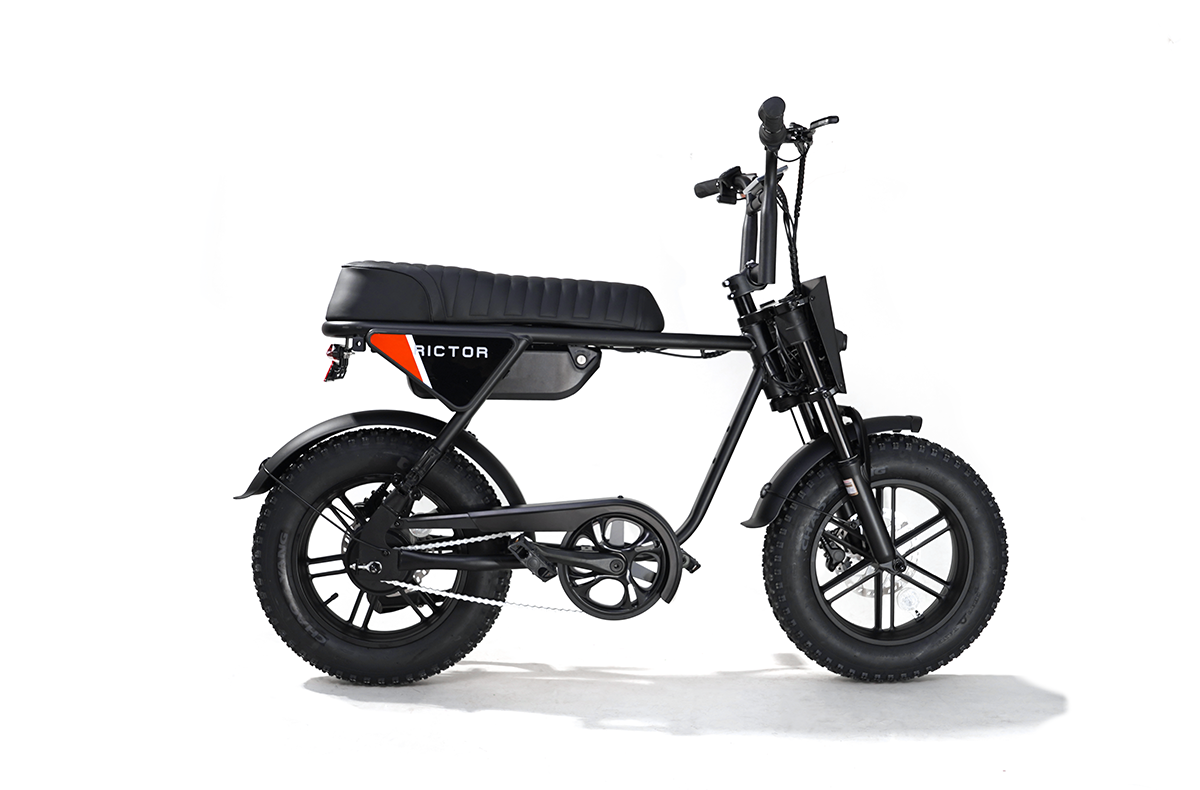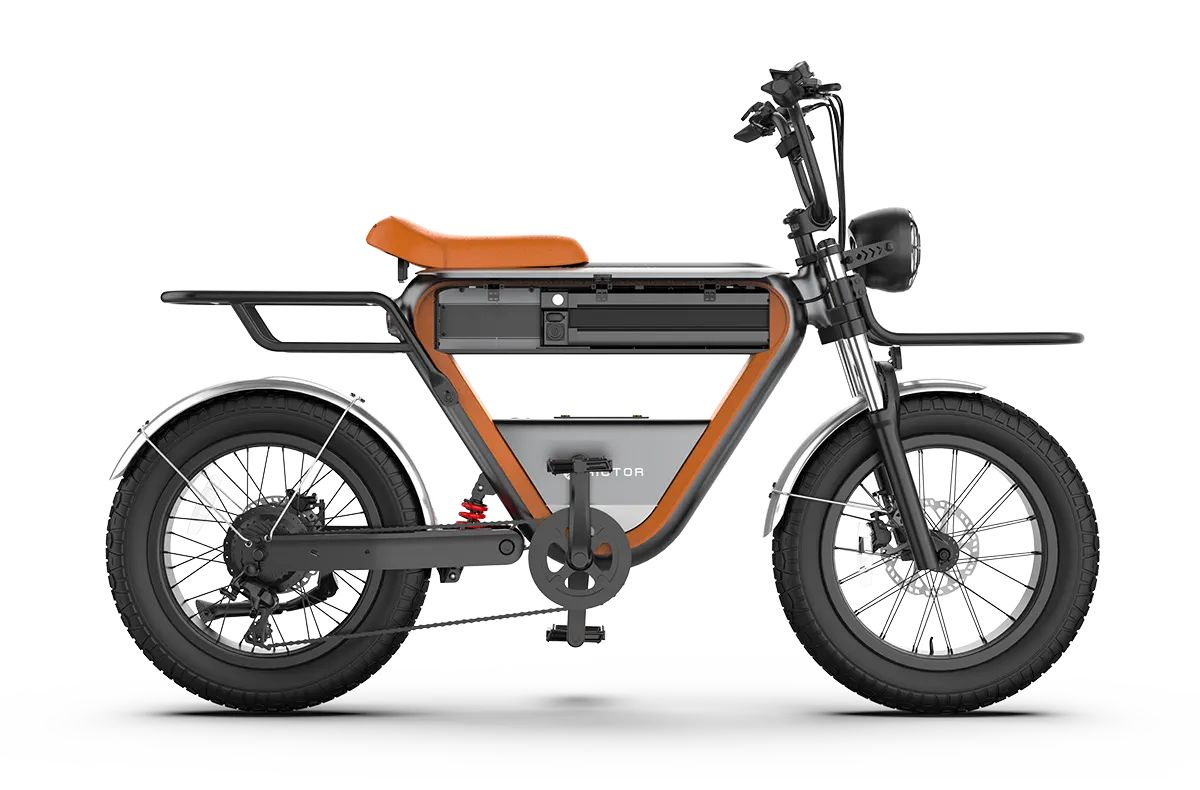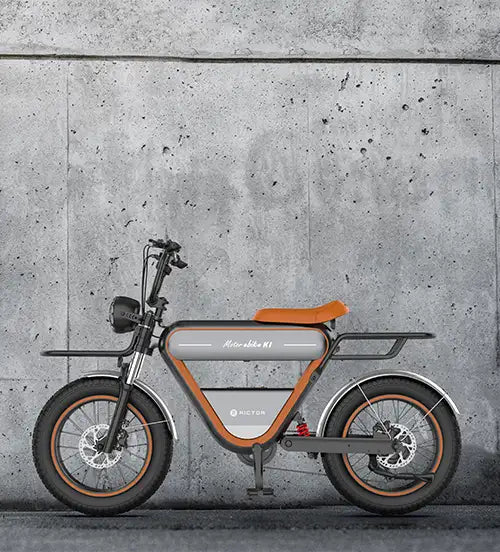
How to Adjust Rear Derailleur for Smooth and Precise Shifting
There’s nothing worse than hopping on your bike, shifting gears, and hearing grinding, clicking, or feeling that annoying hesitation. When your drivetrain isn’t working right, riding goes from fun to frustrating. Luckily, adjusting your rear derailleur is something you can handle yourself at home. With a little time and patience, you can make your bike shift like new again. Let’s get into the details of how to do it properly without cutting corners.
What Exactly Does the Rear Derailleur Do?
The rear derailleur plays a critical role every time you shift gears. It moves the chain across the cassette, pushing it onto larger or smaller cogs depending on how you want to pedal. When everything is tuned right, it does this smoothly and quietly. If something’s off, you’ll notice right away.
The derailleur responds to the tension in the gear cable, which is controlled by your shift lever. If the tension isn’t correct, shifting won’t feel clean. Besides the cable, the derailleur also has two limit screws, which stop it from shifting too far and sending your chain off the cassette. Finally, there's the barrel adjuster, which allows micro-adjustments to cable tension on the fly.
SEE ALSO How Fast Does an Electric Bike Go?
Step 1: Prepare for Adjustment
Before touching anything, make sure your bike is ready to work on. Shift your chain onto the smallest chainring in front and the smallest cog in back. This position takes the pressure off the derailleur, making adjustments easier and safer.
If your bike is very dirty, now’s the time to clean it. Dirt and grime in the derailleur or cables can make shifting sluggish even if your adjustments are spot on. Use a rag and degreaser to wipe down the chain, cassette, and derailleur. This simple step makes everything work better and makes adjustments much easier.
Once clean, put your bike in a repair stand or lean it securely against a wall. You’ll be shifting and spinning the pedals during this process, so it needs to be stable.
Step 2: Check and Adjust the High Limit Screw
The first thing you need to do is make sure the derailleur can’t shift the chain off the smallest cog. This is where the high limit screw comes in.
Look closely at where the derailleur's jockey wheel (the upper pulley) sits when in the smallest cog. It should line up directly under that cog. If it’s too far inward or outward, shift performance will suffer.
To fix this, use a screwdriver to turn the H screw. Turning it clockwise moves the derailleur inward, while counterclockwise moves it outward. Adjust slowly and carefully until the jockey wheel lines up perfectly.
This step prevents the chain from falling off when you shift down into harder gears.
Step 3: Adjust the Low Limit Screw
Now it’s time to make sure the derailleur doesn’t push the chain too far into the spokes when shifting into the largest cog.
Slowly shift up through the gears until you’re in the biggest cog. Pay attention to how the chain moves. If the derailleur struggles to get there, or if the chain tries to jump past the cog, you need to adjust the low limit screw (L).
Turning the L screw clockwise limits how far the derailleur can move outward. Turn it until the derailleur sits just below the largest cog without overshooting. The chain should sit comfortably without noise or resistance.
Getting this right prevents serious damage to your wheel and spokes, so take your time here.
Step 4: Adjust the Cable Tension Using the Barrel Adjuster
Once the limits are set, it’s time for the fine-tuning — adjusting cable tension. This is where most shifting problems come from.
Shift back to the smallest cog. Shift up one gear at a time. If the chain hesitates or doesn’t move smoothly onto the next cog, the cable tension is too loose.
To fix this, turn the barrel adjuster counterclockwise a little at a time. Each turn tightens the cable slightly, improving shift responsiveness. Shift through the gears again and keep adjusting until the chain moves easily between each cog.
If you notice the chain overshooting the gear or skipping, the cable is too tight. Turn the barrel adjuster clockwise slightly to relieve tension.
This part may take a few tries to get right. The key is small adjustments followed by shifting tests. Once everything clicks nicely through the cassette, you’ve nailed it.
Step 5: Test Ride and Final Tweaks
With everything adjusted on the stand, now it’s time for the real test. Take your bike for a short ride and shift through every gear combination. Shifting feels different under load, so pay attention.
If the chain hesitates or skips under pressure, make very small adjustments with the barrel adjuster as you ride. Usually, a quarter or half turn is all that’s needed to dial in perfect shifting.
Listen closely as you shift. Smooth and quiet means you’re spot on. If you hear clicking or grinding, go back and make minor tweaks until every shift feels seamless.
Step 6: Check for Cable Stretch Later
New cables stretch slightly after a few rides, which can throw off your adjustments. After riding a few times, you may notice minor shifting issues return. This is normal.
When this happens, simply turn the barrel adjuster counterclockwise slightly to bring tension back up. This quick fix keeps your shifting perfect long-term.
Final Thoughts
Adjusting your rear derailleur isn’t magic — it’s about patience, close observation, and small tweaks. Once you understand how each part affects shifting, it becomes much easier to make adjustments yourself. From setting the limit screws to dialing in cable tension, every step builds toward the same goal: crisp, reliable shifting every ride.
Taking time to adjust your derailleur not only makes riding more fun but also prevents drivetrain damage and extends the life of your components.
FAQs
Why does my rear derailleur make noise when shifting?
It’s likely out of alignment or the cable tension is off. Fine-tuning fixes this.
How often should I adjust my rear derailleur?
Check adjustments whenever shifting feels rough or after installing new cables.
Can I adjust my derailleur without a stand?
Yes, but having the bike stable makes the job much easier and more accurate.






